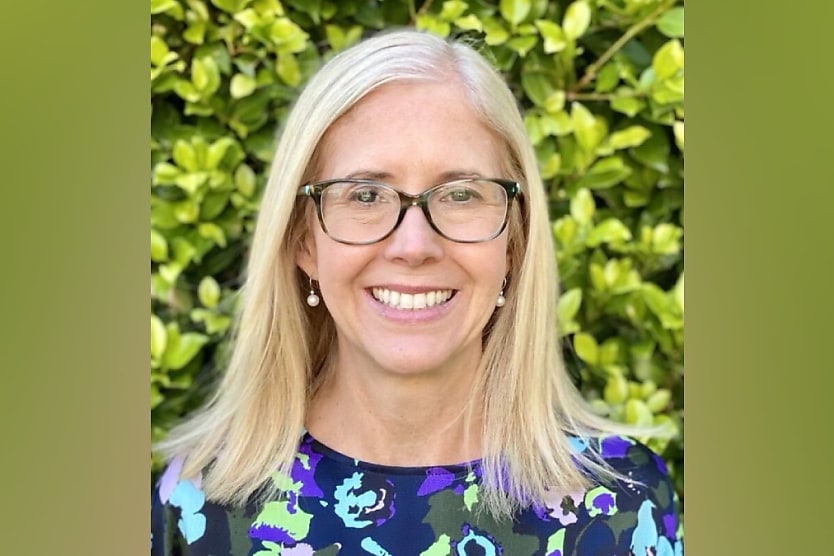
With the skills gap persisting across various Australian industries, many are still turning towards overseas hiring to subside the issue – with others intending to provide the needed adequate training and upskilling themselves.
Surveying 600 senior HR professionals and decision-makers across Australia, AHRI’s Quarterly Australian Work Outlook report has shown that 60 per cent of Aussie employers plan on recruiting overseas workers in 2025.
According to the report, these employers believe that hiring overseas talent is the most reliable fix due to the shortage of locally available skilled workers – with 37 per cent seeking high-skilled talent, 29 per cent targeting medium-skilled workers, and 16 per cent seeking low-skilled workers.
In terms of the main drivers for the need to hire and recruit overseas workers, the report highlighted the following:
- Inadequate supply of domestic candidates with the right skills and qualifications (33 per cent).
- The need to recruit workers with the right experience (30 per cent).
- Work ethic (28 per cent).
- Alignment with organisational values (25 per cent).
Of the organisations going down this route, those who fall in the public sector are the most likely to recruit from overseas (81 per cent) followed by the voluntary sector (63 per cent) and the private sector (55 per cent).
Although the data may show an overwhelming amount opting to follow the overseas hiring route, the report found that some organisations are attempting to push in-house strategies by increasingly investing in training and development.
According to the data, 93 per cent of organisations have a training budget, and more than four in five (82 per cent) are implementing measures to upskill their workforce – an increase from 77 per cent last year – highlighting the awareness and recognition that is growing among Aussie organisations in relation to skills investment.
“Overseas workers have represented a substantial addition to the total labour pool over the last two years, and organisations will continue to rely on them as part of their strategy to address shortages,” said AHRI chief executive Sarah McCann-Bartlett.
“However, long-term resilience also depends on upskilling and training the domestic workforce. It is pleasing, therefore, to see an uptick in organisations actively engaging and investing in these areas.”
“Statistical analysis shows the greater the skills gap in an organisation, the higher the employee turnover rate will be. With a third of organisations reporting annual turnover of 20 per cent and above, investment in training and development is crucial.”
With 42 per cent of organisations still planning to expand their workforce in the coming year, McCann-Bartlett argued that a multi-pronged approach to recruitment must be a consideration for Australian organisations – leaving no stone unturned in regards to the talent pool.
“The slightly cooler labour market may be making it even harder for disadvantaged jobseekers to find work. Employers that overlook diverse hiring opportunities risk shrinking their own talent pipeline at a time when every skilled worker counts,” McCann-Bartlett said.
RELATED TERMS
A skills gap is the sum of the competencies that an employee or candidate possesses and those that are necessary to effectively complete the job requirements.
Kace O'Neill
Kace O'Neill is a Graduate Journalist for HR Leader. Kace studied Media Communications and Maori studies at the University of Otago, he has a passion for sports and storytelling.











Comments (0)